Kitchen Herbs, also called culinary herbs, are the backbone of your from scratch recipes. You can grow herbs from seed even if you live in a cool climate, like my zone 3 gardens.
The herbs that we have come to rely on for adding flavor to our basic pantry staples are getting more expensive every day. Have you priced a half-ounce jar of dried organic basil lately? It’s going for upwards of $7 an ounce as I write this. Let’s agree that keeping a steady supply of fresh and pungent herbs, at a reasonable price, is even more critical when you are dedicated to cooking from scratch.
I am a proponent of purchasing many things in bulk to save money, but I find it questionable when it is hard to determine how long bulk herbs have been on the shelf in the store. Let’s face it, if you want the freshest herbs on your kitchen table you need to grow them yourself. Growing your own herbs gives you the ultimate control. You know the harvest date, your storage conditions, and can monitor the shelf life of every item.
These 11 kitchen herbs are the easiest to plant from seed and can be grown just about everywhere, even in my zone 3 gardens. While some may be annuals and are best planted in pots, the majority are perennials and will overwinter for a harvest year after year.
What will you do with all those kitchen herbs? Learn to dry herbs three ways and use them for making your homemade spice blends.
Herbs for an Indoor Herb Garden
Many of the herbs on this list can be grown outdoors in pots and then brought inside once the weather begins to turn cold. Consider planting a late summer crop of the following herbs and bring them inside to the kitchen. Succession planting allows you to have fresh herbs indoors all year long. Some of the best herbs for growing indoors are:
- Onion Chives
- Garlic Chives
- Thyme
- Winter Savory
- Cilantro
- Oregano
- Basil
The following 11 herbs are ones that are grown each year on my zone 3 gardens.
Sage (Salvia officinalis)
Suitable for zone 3 to 9. Sage is a short-lived perennial, grown as an annual in very cold and hot climates. Sage is the traditional herb for turkey stuffing, as well as pork sausages, and herbed bread. It is a carminative, aiding in the digestion of heavy meals. If you thought that was sage’s only superpower, I’ve got a surprise for you; sage herb is a rock star when it comes to fighting colds, flu, fevers, and coughs.
Learn to make a sage oxymel in this article from Joybilee Farm. Oxymels make bitter herbs easier to take, like the “spoon full of sugar that helps the medicine go down.” It is considered a specific remedy for lung issues, for colds, and sore throat.
Growing Conditions: In zone 5 or higher, sage will flower the second year after planting, and you’ll get 3 or 4 years more before it dies back completely. Plant a new sage plant every third year to ensure a consistent supply. Mulching in the winter may give the plant added protection. The flowers are beautiful and loved by bees.
Start seeds in early spring and set out after all danger of frost is past. Seeds germinate at temperatures between 60-75F. Plants can reach up to 2 feet tall. Expect several harvests per year.
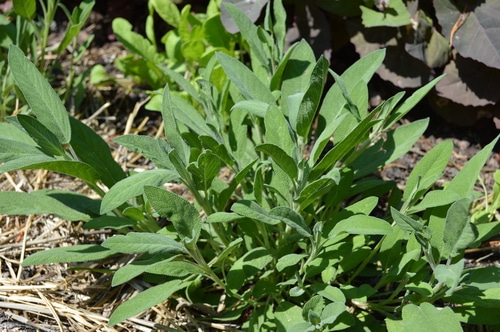
Chives (Allium schoenoprsum)
Chives are perennial plants in the onion family and are easy to grow. They are hardy in zones 3 to 9. The leaves and flowers are used in cooking and are often eaten raw. Chives have a mild flavor compared to onions and garlic and will self sow if left to seed in the garden. The mauve flowers are edible and make a pretty infused vinegar.
Growing Conditions: This perennial makes an excellent ornamental, so intersperse it with your other bedding plants. Transplant existing plants to other areas of the garden. They are grown in clumps 12 inches apart.
Start 15-20 seeds in a 4-inch pot in early spring and transplant once the starts reach 3 – 4 inches in height. They will withstand a light frost. Seeds germinate at temperatures between 60-75F. Plants can reach up to 12 inches tall. Expect several harvests per year.

Garlic Chives (Allium tuberosum)
Garlic chives have flatter leaves than common garden chives and also have a more pungent garlic flavor. Suitable for zones 3 to 9, look for seeds of “Geisha Garlic Chives” an award-winning selection with higher yields. Once you get chives growing, you can divide the clump annually to make more plants.
Use the same growing conditions as Allium schoenoprsum.
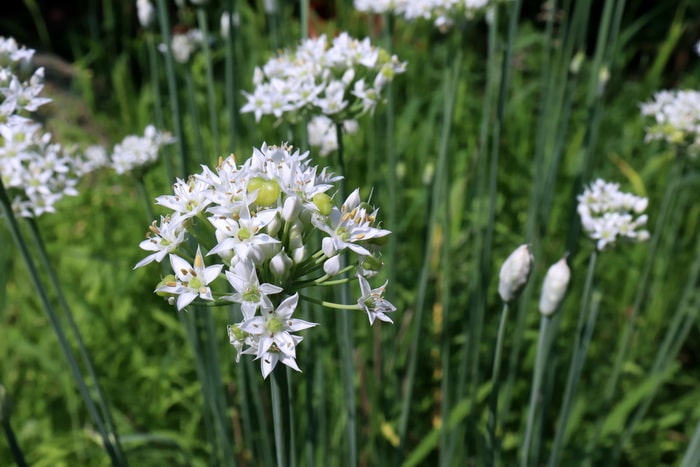
Lovage (Levisticum officinale)
This long-lived perennial grows from zone 2 to 8. It dies down in the winter an emerges fresh each spring. The leaves of lovage taste like celery but with a stronger flavor. Used in soups and stews as celery would be used.
It is used medicinally to reduce inflammation of the lower urinary tract, for prevention of kidney stones, and to increase the flow of urine when urinary tract infections or fluid retention is present.
Sow seeds indoors on the surface of the soil or outdoors after the soil warms to 60F.
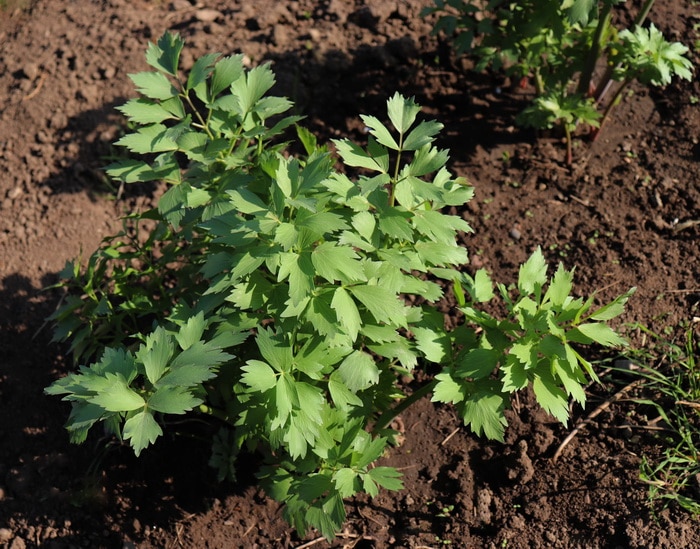
Lemon Balm (Melissa officinalis)
These light lemon-flavored leaves are useful for tea and as a flavoring for vinegar and in salads. The leaves are not as flavorful when dried, so plan on freezing the harvest in icecube trays covered with water.
Growing conditions – This hardy perennial happily grows in zones 3 to 9. Lemon Balm will self sow if left to go to seed, so harvest frequently and be careful where you plant it. Start indoors 3 to 4 weeks before last frost date or direct sow outside after all danger of frost has passed.

Anise hyssop (Agastache foeniculum)
Light anise flavor used in many of the same ways that fennel is used. Use in salads, to flavor dressings, and as an edible flower.
Anise Hyssop grows 3 to 4 feet tall in zones 3 to 9 and likes fertile ground. It has a one to two-foot spread. Hyssop’s open-pollinated varieties reseed easily so a few plants will keep you going for a long time.
Considered a short-lived perennial, expect to replant Annise Hyssop and renew the bed every 3 or 4 years. Some varieties of Agastache will self-seed, but hybrids are sometimes sterile. Different types of Agastache will cross-pollinate, so be sure and remove any plants with unwanted characteristics.

English thyme or winter thyme (Thymus vulgaris)
Also known as Winter thyme or German thyme, this herb is indispensable in cooking, doing well in soup, stew, with eggs, and to flavor meat and sausage. It has a robust growth habit in zones 3 to 9. You can harvest leaves throughout the growing season as needed; they have the best flavor when the plant is flowering. Consider lemon thyme, golden thyme, lime thyme, and orange thyme for flavor varieties.
Growing Conditions – Thin or transplant starts to 10 inches apart. In very cold areas protect from the winter freeze. Mature plants reach a height of 12 inches.
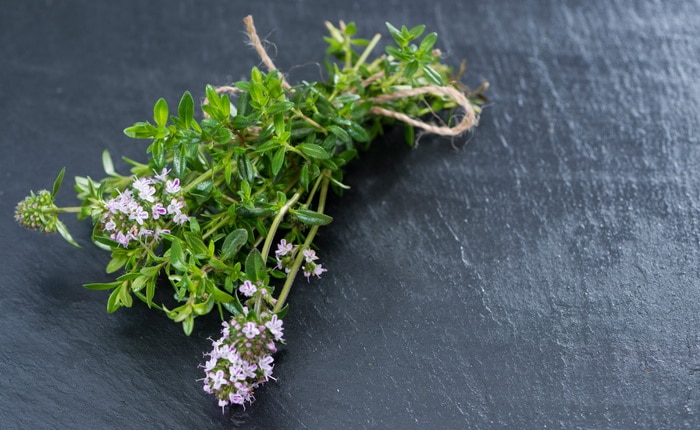
Winter Savory (Satureja montana)
Winter savory is one of the oldest flavoring herbs and has antiseptic properties beneficial to the digestive tract. It is grown in zones 3 to 8 for its peppery spiciness; winter savory is a pungent herb used to flavor meat and sausage and is an excellent addition to homemade soup. The creeping variety forms a low carpet for rock gardens.
Growing conditions – Plant starts 18 inches apart and prune in late spring to contain. It may need some winter protection in cooler climates. Pick leaves just as the flower buds are forming, Collect flowering tops in late summer.
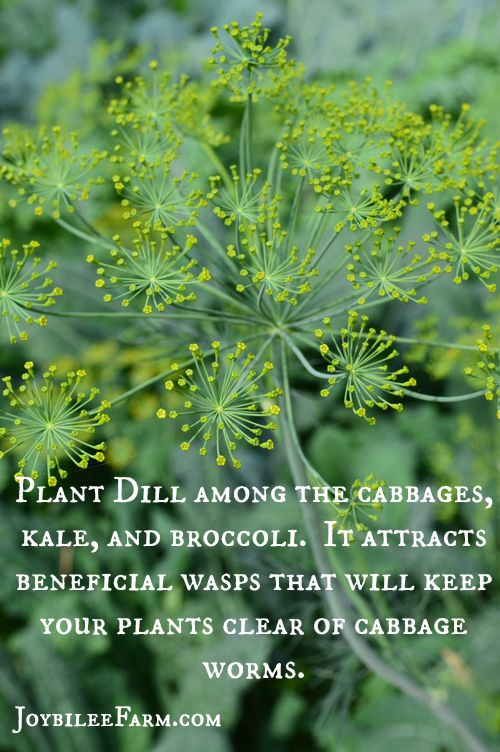
Dill (Anethum graveolens)
A flavorful annual with a short growing season (40 to 50 days for dill weed) dill can be grown to maturity for harvesting the seeds (ready in 85 to 100 days for seed). Dill can withstand some chilly temperatures. It grows quickly and self-seeds readily. The leaves and flower heads, as well as the seeds, are used in pickles and preserves.
Dill is a useful companion plant for cabbage and broccoli since it attracts predatory wasps that feed on the larvae of cabbage butterfly.
Growing conditions – Self-seeds and likes full sun. Protect established dill plants from the wind so they will remain upright. Sow directly in the garden from spring until mid-summer. Dill will cross-pollinate with fennel, keep them at opposite sides of the garden. Gather the leaves when they are young. To harvest seeds, hang the whole plant upside down after the flowering heads turn brown.
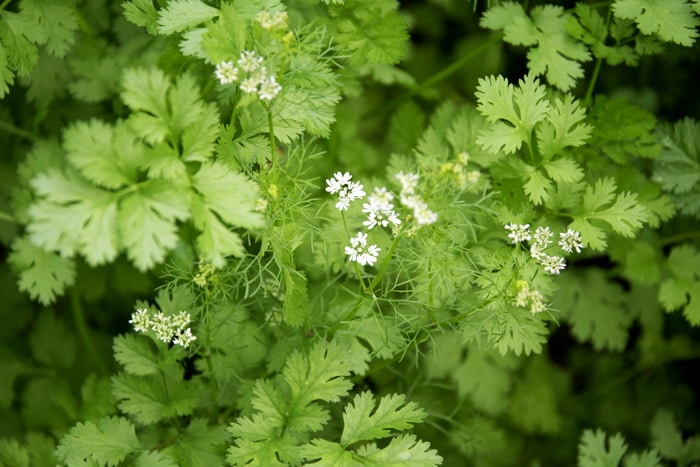
Cilantro (Coriandrum sativum)
Annual (50 days for greens, 90 days for coriander seed) that is used for it’s leafy greens to season Mexican food and Indian food. The seeds are coriander and are used in Asian and Mexican cooking. Also called “Chinese parsley”. Choose a variety that is slow to bolt, like “Calypso” for cut and come again green leaves. For seed production “Santo”, the standard variety, produces seed in 90 to 105 days.
Growing conditions – Once established, thin the cilantro plants to 8 inches apart. You can pick young leaves anytime. This cool weather crop will bolt when the temperatures are consistently above 80F. Replant in the fall for a second harvest. Likes full sun and rich, light soil

Parsley (Petroselinum crispum neopolitanum)
A biennial plant which takes 75 days from seed to leaf production, parsley is only hardy in zone 3 winters with frost protection. Parsley is considered a must-have herb for potato salad, and it is used in soup, potato, pasta, and rice dishes. Parsley has been cultivated for centuries. It aids digestion and is a diuretic.
Growing conditions – grows in full sun or light shade, prefers light, moist soil. Sow seeds from late spring to late summer. For fast germination soak the seeds overnight in warm water before planting into the garden. Needs soil of 70F to germinate.
Get our free download Ten Herbs from the Garden to Your Plate for more information about growing and harvesting culinary herbs.
Other zone 3 gardening things to try –
- Planting an Herbal Tea Garden that Thrives in Zone 3
- 20 Amazing Ways to Grow Herbs for Homestead Abundance
- Fruit trees for your zone 3 garden
- Tips for zone 3 gardening success
- Medicinal herbs to grow in zone 3


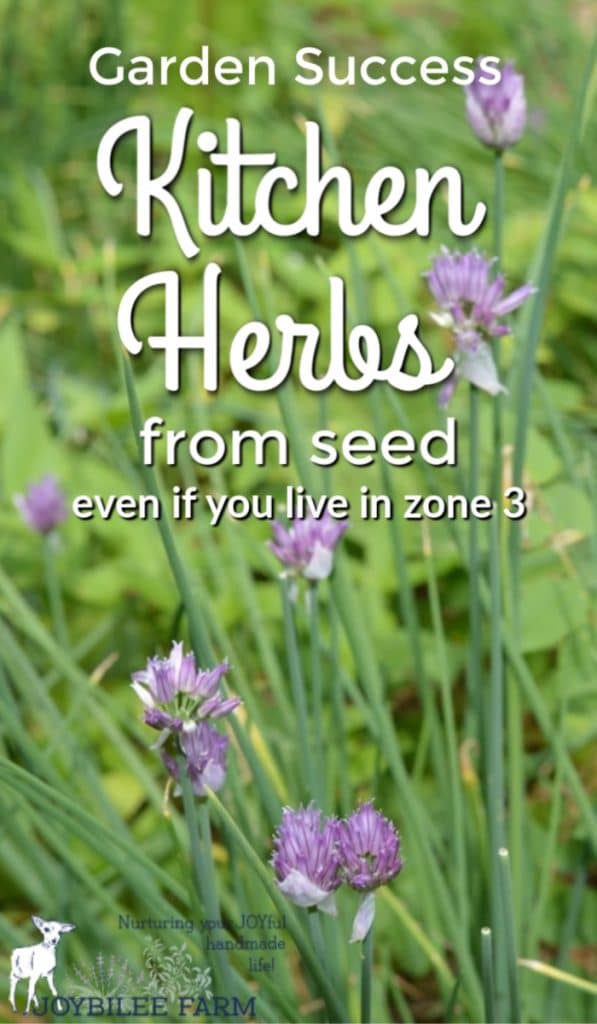

Leave a Reply